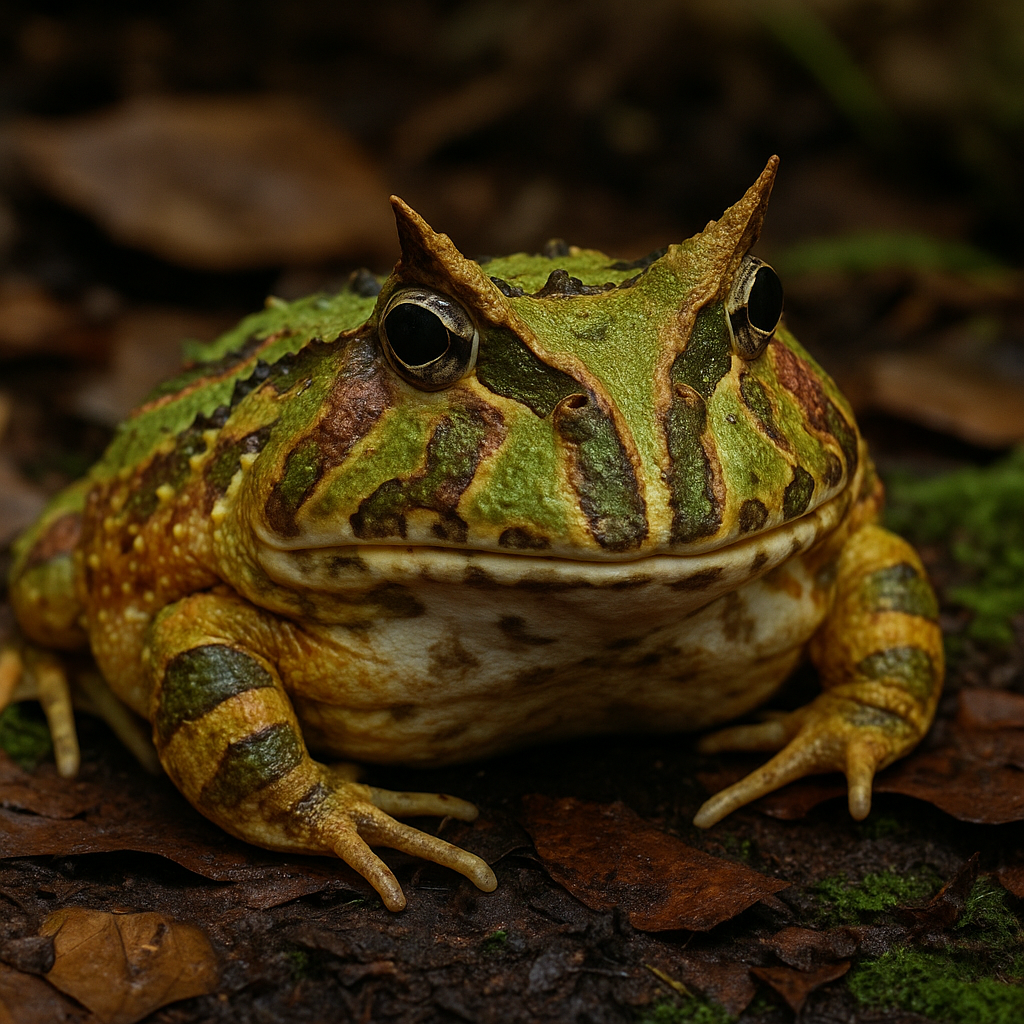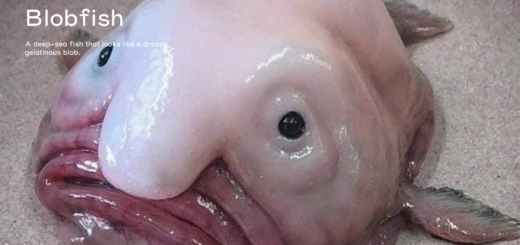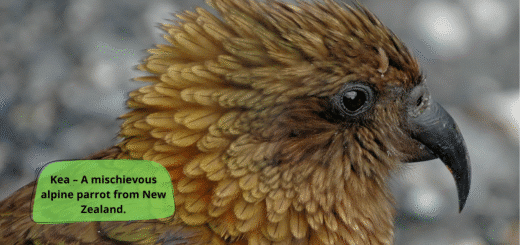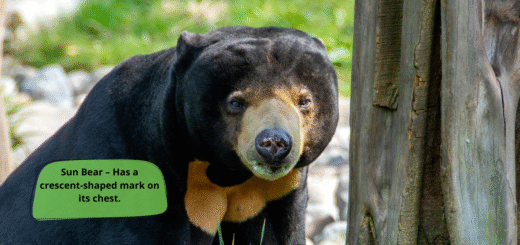Amazon Horned Frog: Nature’s Ferocious Camouflage Expert
The Amazon Horned Frog (Ceratophrys cornuta), also known as the Surinam Horned Frog, is a fascinating amphibian native to the Amazon Rainforest. Renowned for its oversized mouth, vivid coloration, and “horn-like” projections above its eyes, this unique frog is a favorite among exotic pet enthusiasts and wildlife lovers alike.

Whether you’re looking to learn more about this quirky creature or considering one as a pet, this guide covers everything you need to know about the Amazon Horned Frog.
What Makes the Amazon Horned Frog Unique?
The Amazon Horned Frog stands out due to its:
- Massive mouth and body: Its mouth can be nearly as wide as its body, helping it swallow prey nearly its own size.
- Camouflage skills: Its mottled green and brown coloring blends perfectly with the rainforest floor.
- Horn-like eye extensions: These skin projections resemble horns, giving the frog an intimidating appearance.
These traits aren’t just for show—they help the frog survive as both predator and prey in the dense Amazon ecosystem.
Habitat and Natural Behavior
Found in South American countries like Brazil, Suriname, and Colombia, this frog thrives in humid, tropical lowland forests. It typically buries itself in leaf litter and lies in wait, ambushing anything that comes too close—including insects, small reptiles, and even other frogs.
This sit-and-wait predator is known for its aggression and powerful bite. Despite its small size (around 4 to 7 inches), it’s a fierce hunter.
Amazon Horned Frog as a Pet
Thanks to its unique look and low-maintenance care, the Amazon Horned Frog has become a popular exotic pet. Here are a few tips if you’re thinking about owning one:
Enclosure Requirements:
- Tank Size: 10–20 gallons per frog
- Substrate: Moist coconut fiber or sphagnum moss
- Humidity: 60–80% with daily misting
- Temperature: 75–85°F (24–29°C)
Feeding:
- Diet includes crickets, roaches, earthworms, and the occasional pinkie mouse
- Feed juveniles daily; adults 2–3 times per week
- Use calcium and vitamin D3 supplements for long-term health
Temperament:
- Best kept alone due to aggression
- Avoid handling; their skin is sensitive, and they may bite
Conservation and Threats
While not currently endangered, the Amazon Horned Frog is affected by habitat loss, climate change, and collection for the pet trade. Responsible ownership and captive breeding can help reduce wild capture and protect their numbers.
Fun Facts About the Amazon Horned Frog
- Sometimes nicknamed the “Pacman frog” for its round body and massive mouth
- Can jump surprisingly far despite its bulky shape
- Known to vocalize with a loud “squawk” when disturbed
Final Thoughts
The Amazon Horned Frog is more than just a strange-looking amphibian—it’s a vital part of the Amazon Rainforest’s ecosystem and a fascinating pet for the right keeper. With proper care, these captivating creatures can thrive in captivity for 10 years or more.








